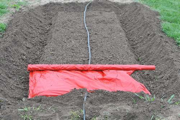
1. Fertilize according to soil test. You won't be able to add fertilizer after the plastic is down.
2. Work the soil so that the bed can be easily shaped.
3. Use a garden hoe to form a trench along all edges of the plastic. The soil should be pulled to the outside of the bed. The trench should be formed six inches in from the edge of the plastic and extend along both sides and both ends. The trench should be deep and wide enough to bury six inches of plastic.
4. Lay trickle irrigation tube down the center of the bed. This isn't absolutely necessary but it makes it much easier to water. Overhead watering will hit the plastic and roll off.
5. Lay the plastic down and cover the edges with soil. You may need to slit the edge of the plastic where the trickle irrigation tube enters the end of the bed.
6. Plant when the soil temperature reaches the correct temperature for the crop (55 degrees for tomatoes and 60 degrees for melons) at a 2.5-inch depth. Check the temperature at about 11:00 a.m. to get a good average temperature. Check for several days in a row to ensure the temperature is stable. (Ward Upham)
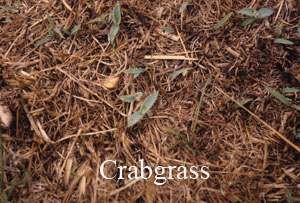
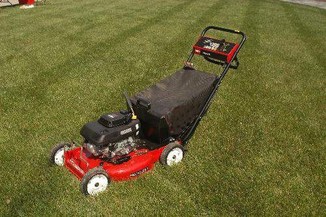
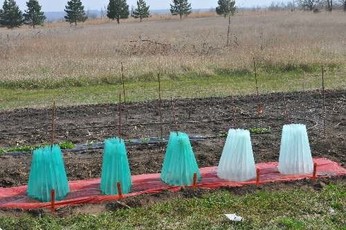
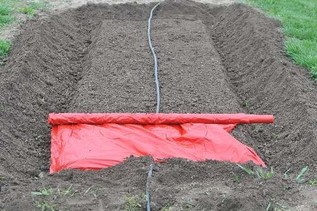
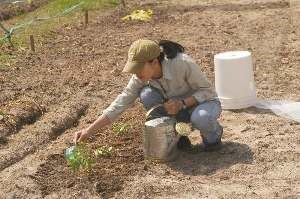
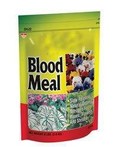
 RSS Feed
RSS Feed
